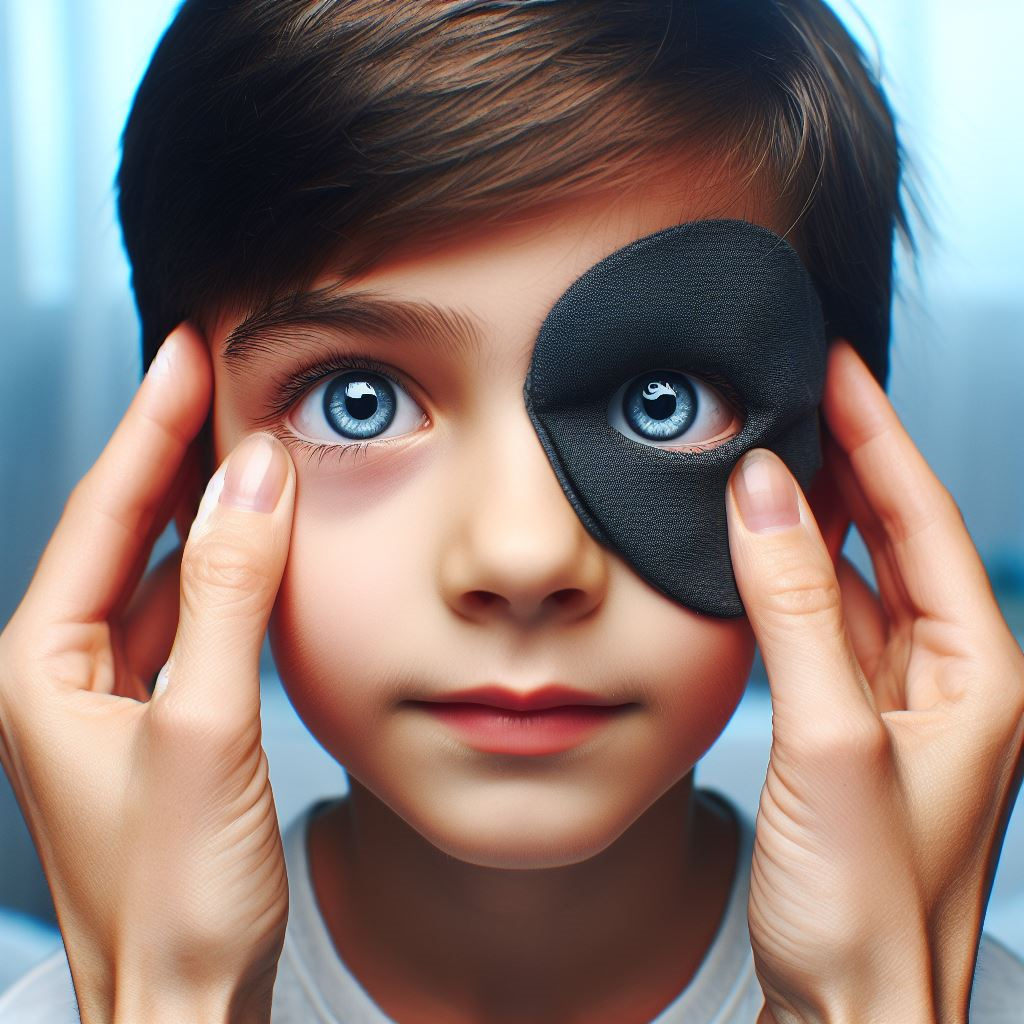Amblyopia, commonly referred to as ‘lazy eye,’ stands as the leading cause of vision loss in children, often persisting into adulthood.

Amblyopia, commonly referred to as ‘lazy eye,’ stands as the leading cause of vision loss in children, often persisting into adulthood. Traditionally, treatments for this condition have relied on the use of an eye patch over the stronger eye to compel the brain to prioritize signals from the weaker eye. While effective in many cases, this approach is far from perfect. However, recent advancements in research and technology are paving the way for innovative therapies aiming to enhance the brain’s utilization of information from both eyes.
The visual challenges faced by individuals with amblyopia or lazy eye are not always apparent, but issues with spatial perception and depth perception can manifest. Elizabeth Quinlan, a neuroscientist at the University of Wisconsin-Madison, explains that amblyopia creates a competition in the brain between the stronger and weaker eyes, with the cortex favoring the signals from the dominant eye.
This results in the brain ignoring signals from the weaker eye, hindering the fusion of images from both eyes and impacting the ability to perceive in 3D.
To address this, the conventional treatment involves starting therapy at a young age, typically under 7 years old, where children wear an eye patch over their stronger eye. However, the competition for visual signals often resumes when the eye patch is removed. For lasting improvement, new therapies aim to teach the brain to stop suppressing signals from the weaker eye.
Several research teams and companies are now focusing on encouraging collaboration between both eyes to enhance overall vision. A notable player in this arena is Luminopia, which offers a novel therapy for children with amblyopia.
CEO Scott Xiao notes that the traditional use of eye patches felt outdated, prompting the development of a more engaging approach. Luminopia’s therapy involves children watching videos through a virtual reality headset, blocking specific parts of the display for each eye. The brain is then challenged to combine input from both eyes to perceive the full video.
A trial conducted by Luminopia demonstrated improvements in eye chart assessments after three months of regular sessions. While depth perception and long-term effectiveness are yet to be measured, the therapy received FDA clearance for marketing in 2021. Luminopia’s treatment, available by prescription with insurance coverage, involves one-hour sessions six days a week for approximately three months or less.
While Luminopia’s focus is on pediatric treatment, researchers are also exploring solutions for adults with amblyopia. Scientific consensus has traditionally suggested that if fusion of signals from both eyes doesn’t occur in childhood, it becomes challenging to achieve later in life. However, researchers like Eric Gaier at Boston Children’s Hospital are optimistic about potential interventions for adults. Gaier conducted a pilot study using the drug donepezil, typically used for dementia symptoms, in adults with amblyopia. Preliminary results show promising improvements, sparking hope for potential adult treatments.
As the landscape of amblyopia treatment evolves, with companies like Luminopia leading the way, researchers are exploring multifaceted approaches to address this common vision impairment. The intersection of technology, virtual reality, and pharmaceutical interventions offers a glimpse into a future where innovative therapies may significantly impact the lives of individuals with amblyopia, enhancing their visual experiences beyond current treatment modalities.